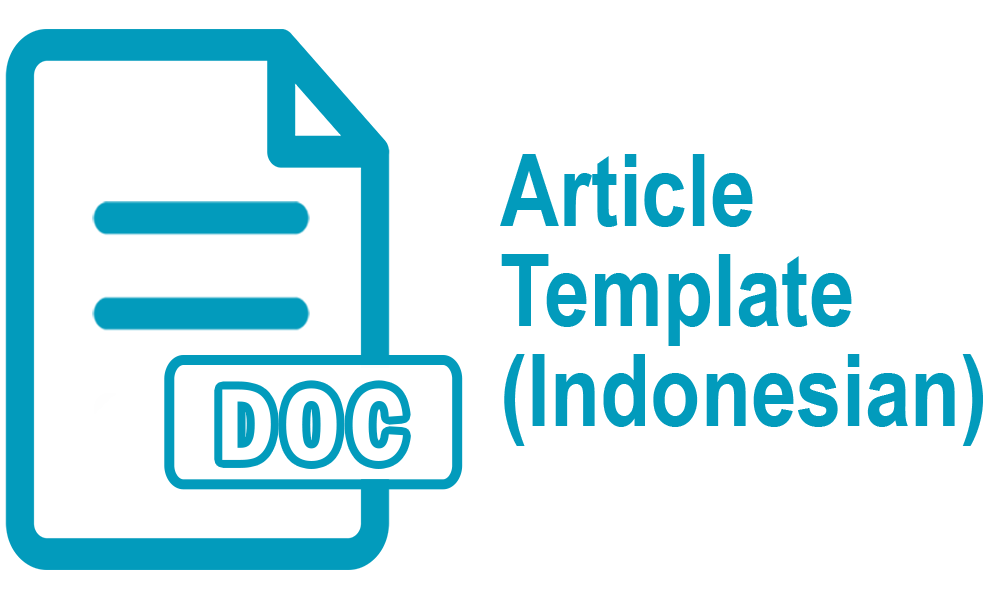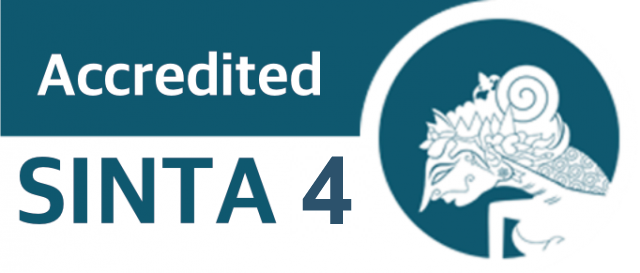Schizophrenic Language and Behaviour Analysis of the Main Character in Do Androids Dream of Electric Sheep? Novel
Abstract
Keywords: schizophrenia, symptoms, language disorders, Do Androids Dream of Electric Sheep?
Full Text:
PDFReferences
Altmann, G., & Shillcock, R. (2013). Cognitive Models Of Speech Processing. Psychology Press.
Balota, D., & Marsh, E. J. (2005). Cognitive Psychology: Key Readings in Cognition. Psychology Press.
Barch, D. M., & Ceaser, A. (2012). Cognition in schizophrenia: core psychological and neural mechanisms. Trends in Cognitive Sciences, 16(1), 27–34. https://doi.org/10.1016/j.tics.2011.11.015
Barnes, S., Carson, J., & Gournay, K. (2022). Enhanced supported living for people with severe and persistent mental health problems: A qualitative investigation. Health & Social Care in the Community, 30(6). https://doi.org/10.1111/hsc.13822
Bloodstein, O., Ratner, N. B., & Brundage, S. B. (2021). A handbook on stuttering. Plural Publishing, Inc.
Borsboom, D. (2017). A network theory of mental disorders. World Psychiatry, 16(1), 5–13. https://doi.org/10.1002/wps.20375
Brown, M., & Kuperberg, G. R. (2015). A Hierarchical Generative Framework of Language Processing: Linking Language Perception, Interpretation, and Production Abnormalities in Schizophrenia. Frontiers in Human Neuroscience, 9(1). https://doi.org/10.3389/fnhum.2015.00643
Carroll, D. W. (2004). Psychology of Language. Wadsworth Publishing Company.
Couture, S. M. (2006). The Functional Significance of Social Cognition in Schizophrenia: A Review. Schizophrenia Bulletin, 32(Supplement 1), S44–S63. https://doi.org/10.1093/schbul/sbl029
Dick, P. K. (2008). Do Androids Dream of Electric Sheep? Ballantine Books. (Original work published 1968)
Eysenck, M. W., & Keane, M. T. (2006). Cognitive Psychology: A Student’s Handbook. Psychology Press.
Harvey, P. D., Bosia, M., Cavallaro, R., Howes, O. D., Kahn, R. S., Leucht, S., Müller, D. R., Penadés, R., & Vita, A. (2022). Cognitive dysfunction in schizophrenia: An expert group paper on the current state of the art. Schizophrenia Research: Cognition, 29, 100249. https://doi.org/10.1016/j.scog.2022.100249
Kahn, R. S., & Keefe, R. S. E. (2013). Schizophrenia Is a Cognitive Illness. JAMA Psychiatry, 70(10), 1107. https://doi.org/10.1001/jamapsychiatry.2013.155
Liddle, P. F., Ngan, E. T. C., Caissie, S. L., Anderson, C. M., Bates, A. T., Quested, D. J., White, R., & Weg, R. (2002). Thought and Language Index: an instrument for assessing thought and language in schizophrenia. British Journal of Psychiatry, 181(4), 326–330. https://doi.org/10.1192/bjp.181.4.326
Lindenmayer, J. P., & Khan, A. (2012). Psychopathology. In Essentials in Schizophrenia (pp. 11–56). American Psychiatric Publishing, Inc.
Loganovsky, K. N., & Loganovskaja, T. K. (2000). Schizophrenia Spectrum Disorders in Persons Exposed to Ionizing Radiation as a Result of the Chernobyl Accident. Schizophrenia Bulletin, 26(4), 751–773. https://doi.org/10.1093/oxfordjournals.schbul.a033492
Mackay-Sim, A., Feron, F., Eyles, D. W., Thomas, & McGrath, J. J. (2004). Schizophrenia, vitamin D, and brain development. International Review of Neurobiology, 59(2004), 351–380. https://doi.org/10.1016/s0074-7742(04)59014-1
Marder, S. R., & Galderisi, S. (2017). The current conceptualization of negative symptoms in schizophrenia. World Psychiatry, 16(1), 14–24. https://doi.org/10.1002/wps.20385
Meyer, L., Lakatos, P., & Hei, Y. (2021). Language Dysfunction in Schizophrenia: Assessing Neural Tracking to Characterize the Underlying Disorder(s). Frontiers in Neuroscience, 15(1). https://doi.org/10.3389/fnins.2021.640502
Mucci, A., Melle, I., Sachs, G., & Ventura, J. (2023). Negative symptoms and cognitive impairment in schizophrenia-spectrum disorders. Frontiers Media SA.
National Institute of Mental Health. (2023, May). Schizophrenia. National Institute of Mental Health; National Institute of Health. https://www.nimh.nih.gov/health/topics/schizophrenia
Nowakowski, R. S., & Hayes, N. L. (2008). Radiation, Retardation and the Developing Brain: Time is the Crucial Variable. Acta Pædiatrica (Oslo), 97(5), 527–531. https://doi.org/10.1111/j.1651-2227.2008.00764.x
Szekely, R. (2020). Humans are social beings, but to what extent? Psych-Talk, 1(96), 10–12. https://doi.org/10.53841/bpstalk.2020.1.96.10
DOI: http://dx.doi.org/10.30872/jbssb.v9i2.19056
Refbacks
- There are currently no refbacks.
Copyright (c) 2025 Ester Lina, Famala Eka Sanhadi Rahayu
Editorial address:
Fakultas Ilmu Budaya, Universitas Mulawarman
Jl. Ki Hajar Dewantara, Gunung Kelua, Kec. Samarinda Ulu, Kota Samarinda, Kalimantan Timur, Indonesia 75123
Email: jurnalilmubudaya.fibunmul@gmail.com
Website: http://e-journals.unmul.ac.id/index.php/JBSSB
Ilmu Budaya: Jurnal Bahasa, Sastra, Seni, dan Budaya is licensed under a Creative Commons Attribution-ShareAlike 4.0 International License






